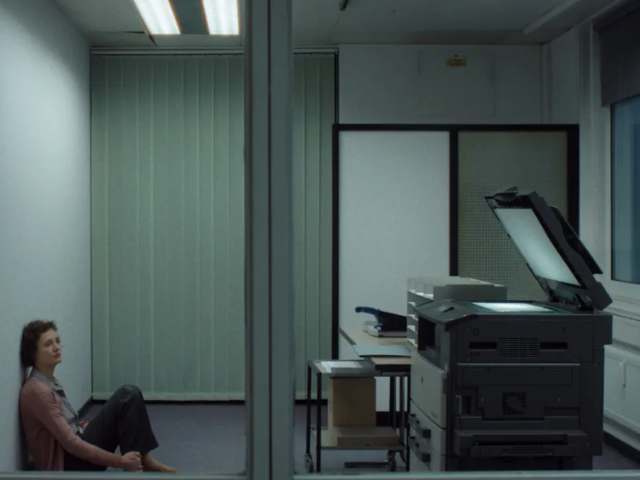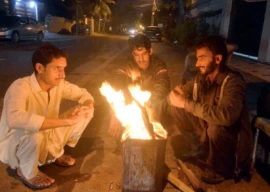
Imagine my horror when my despairing vice chancellor says we must roll back our successful professional courses, reduce the number of teachers, and forget about improving our facilities. We must remain uneducated so that we can preserve our borders, pay back loans forced upon us, pay apathetic bureaucrats better salaries, build yet another monument or make more signal-free roads.
In a list of 130 countries, Pakistan ranks 126th for the amount of GDP spent on education - way below Rwanda, India, Bangladesh and nowhere near the list topper, Cuba, that spends 18.7 per cent. Yet we can proudly say we have a much more respectable ranking when it comes to military spending (23.1 per cent), even more than most war-mongering nations such as the US and more than our nemesis, India. We slip down the list again when it comes to health spending (1.3 per cent).
Even if we question the veracity or accuracy of the statistics, we need to simply look around our cities, towns and villages to see the pathetic state of government educational institutions.
About 637,037 young men and women are enrolled in 68 state-run universities and are taught by 38,266 teachers. Over 80 per cent of university students are enrolled at state universities where the fee is heavily subsidised. At the University of Karachi, for example, the semester fee is Rs2,600 compared to Rs50,000 for most private universities.
In comparison, in a much faster growing education system, 1.603 million students are enrolled at madrassas taught by 55,680 teachers. They are overwhelmingly private (95 per cent). But in order to avoid a misleading comparison, since this statistic is from the lowest to highest levels of education, consider these numbers for state education:
There are 137,225 primary schools, 15,702 middle schools, 9,587 high schools, 1,202 HSC colleges, 802 degree colleges and 68 universities, not including technical and vocational centres. In 2007-08, 21,791,890 students sought a public school education and 17,090 of them made it to college. Then, 445,500 men and women are enrolled in Bachelors programmes, 146,330 in Masters programmes, 719 more in PhD programmes.
If you include postgraduate and Masters, we have a total 637,037 people, who depend on government spending for a higher education. They are only 0.38 per cent of the population. The University of Karachi was designed for 7,000 students in the 1950s. Today it has a student strength of 24,000. Clearly, it needs development funds to match their needs.
[The HEC spokesman Dr Mukhtar told The Express Tribune that of about 1.1 million students who benefit from higher education in the country, approximately 825,000 are divided over 71 state-run institutions, which includes distance learning.]
This leads me to a question. How problematic can it be to support 637,037 people and 38,266 teachers in a country of over 17 million? Especially since this 0.38 per cent will run government and private offices, businesses, write books, determine the very economy that they seem to threaten in the eyes of the government. Ironically, the education department has the largest workforce of any government office with one million staffers.
Finance Minister Dr Abdul Hafeez Sheikh said once: No country was able to develop itself till it educates its people. However, the seven major objectives he outlined in 2010 did not include education. Seventy per cent of Pakistan’s population is under the age of 25. They are the future. We cannot let them down.
Durriya Kazi is the chairperson of the department of visual studies at the University of Karachi
Published in The Express Tribune, September 24th, 2010.





1732697578-0/Untitled-design-(5)1732697578-0-270x192.webp)











COMMENTS (2)
Comments are moderated and generally will be posted if they are on-topic and not abusive.
For more information, please see our Comments FAQ